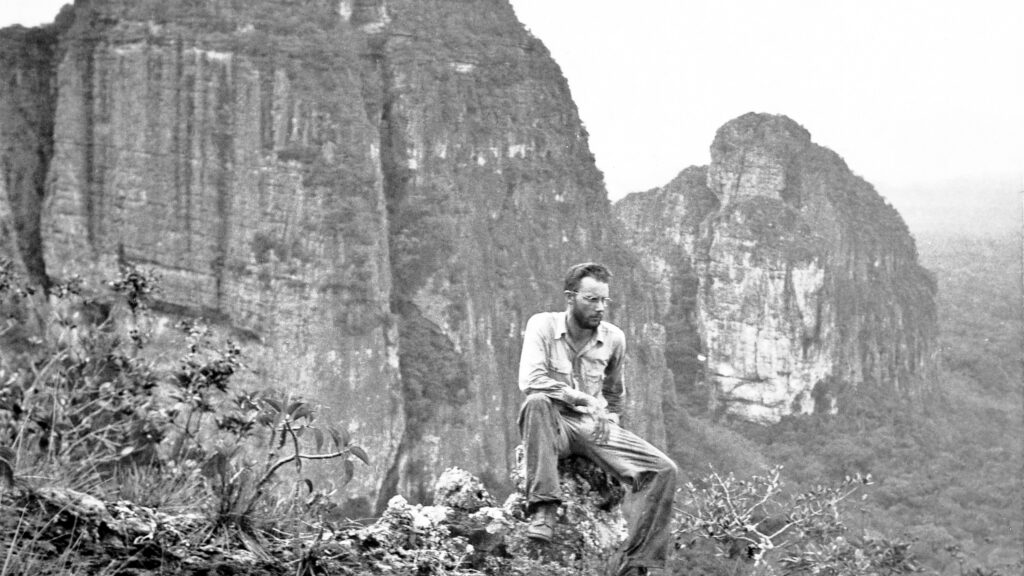The Aztecs called it teonanácatl, or “flesh of the Gods.”
Some who ate the intoxicating mushroom “saw themselves dying in a vision and wept,” according to an account by a 16th-century Franciscan friar. “Others saw themselves being eaten by a wild beast; others imagined that they were capturing prisoners in battle, that they were rich . . .”
advertisement
Tantalizing references to the fungus could be found in the few pre-Colombian documents to escape the fires of the Spanish Inquisition, and were scattered across accounts of the New World written by the first European missionaries and explorers to visit it.
Get unlimited access to award-winning journalism and exclusive events.

